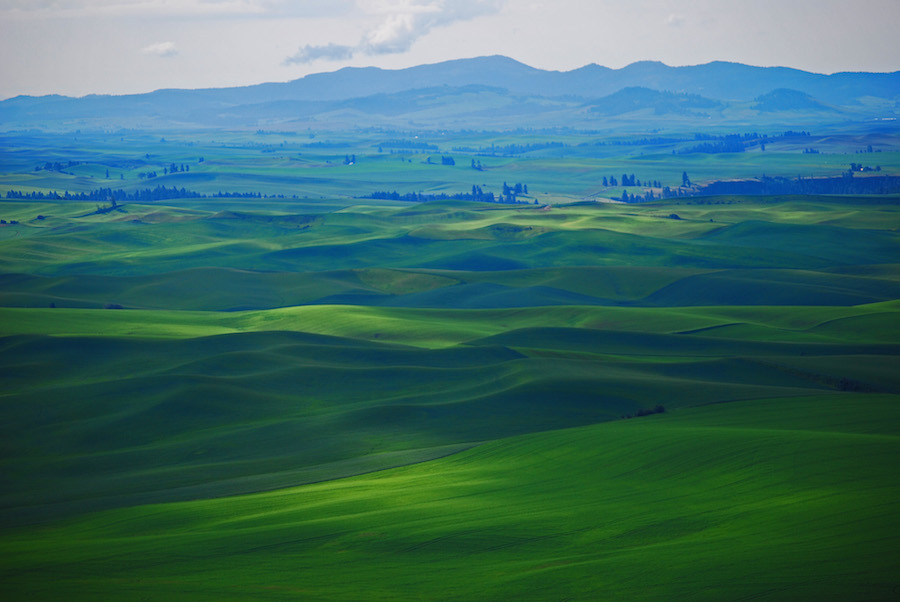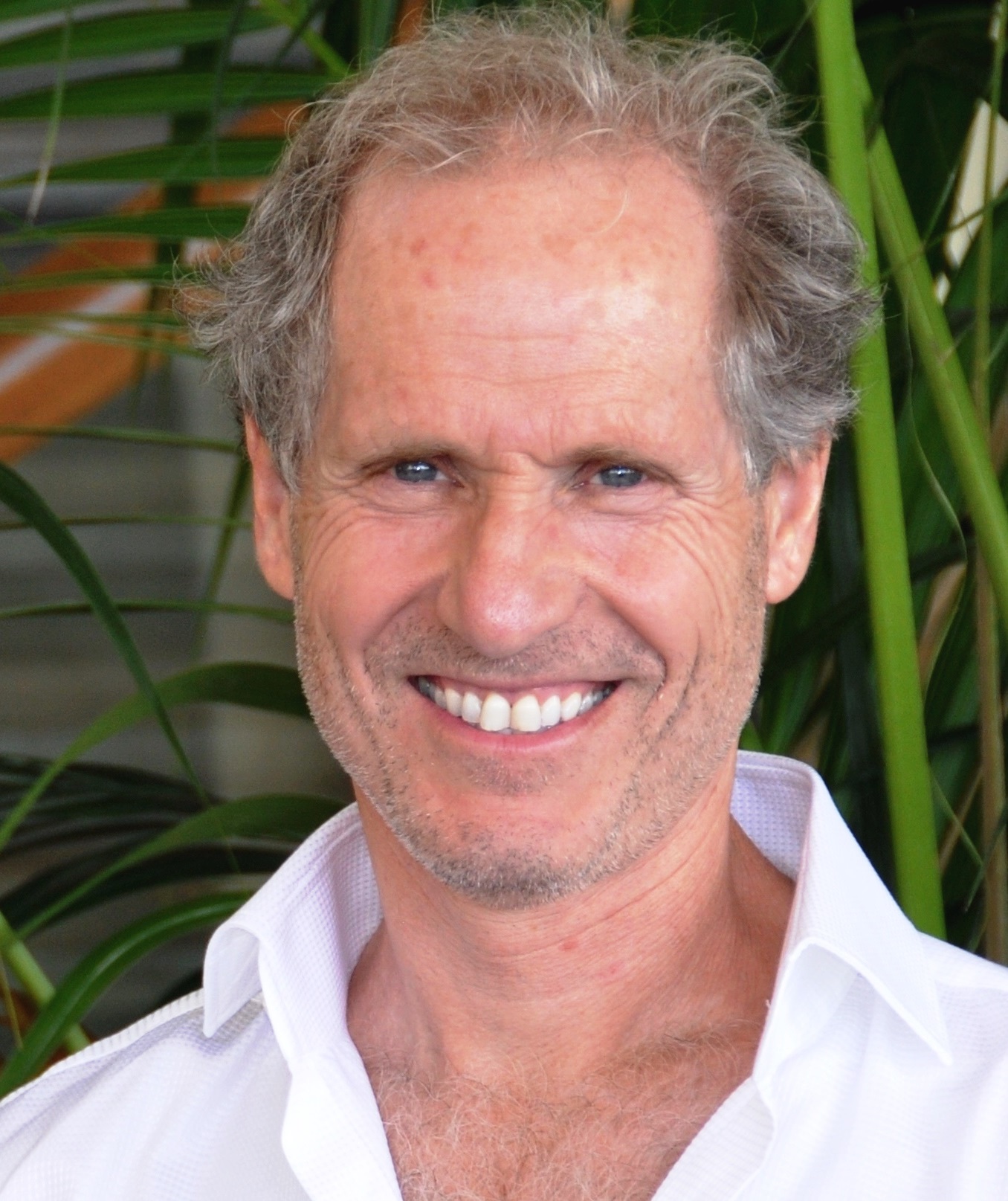TW Theme Essay by Peter H. Kahn, Jr.
Why Technology Can’t Fix What We’ve Already Forgotten

I started recognizing the problem of environmental amnesia years ago. In a 1995 study, my coauthor and I found that Houston inner-city black children—72 first, third, and fifth graders—spoke of the importance, personally and morally, of environmental issues in their lives. One child said it was not all right to pollute the air because “air pollution goes by, and people get sick. It really bothers me because that could be another person’s life.” Two-thirds of the children said they knew about air pollution and water pollution, and they could often explain the constructs well.
Then we asked these same children whether they thought Houston had air pollution or water pollution. Only one-third thought so, a statistically significant difference. That difference surprised us, because Houston is one of the most environmentally polluted cities in the United States. Local oil refineries contribute not only to the city’s air pollution but also to distinct oil smells on many days. Bayous are more sewage transportation channels than fresh water rivers.
How could children who knew about pollution in general—and who grew up in a polluted city—not be vividly aware of their own city’s pollution? In order to understand what pollution really means, you need to compare existing polluted states to those that are less polluted. Sadly, these Houston children had little experience with less polluted environments for comparison.
In “A Multitude of Witnesses,” a 1997 article in Northern Lights, Barbara Dean writes that “an enveloping wild landscape…[is] central to our original understanding of the world and our rightful place within it.” But in 2015, the evidence of environmental amnesia from generation to generation is more apparent than ever.
We don’t coexist freely with that which we control. This accounts for one of the contradictions many of us experience in zoos, which have sought to redefine themselves as conservation centers. As George Rabb writes in a 2004 article for Curator: The Museum Journal, zoos “strive to help society achieve a more sustainable and harmonious relationship with nature…[by] inspiring others to celebrate and conserve nature.” But through a rigid technological infrastructure, zoos also keep animals captive and end up underscoring the domination of our species over others.
In the 1950s, the Ju/wasi of the Kalahari Desert encountered wildness beyond what most of us can conceive of today. The writer Elizabeth Marshall Thomas, whose family lived among the Bushmen when she was a child, bears witness in her 2006 book The Old Way: A Story of the First People:
I remember one night in particular…. I soon heard a man’s strong voice in a stern, commanding tone telling someone to leave immediately. The Ju/wasi never took that tone with one another. I came out of the tent to see what was happening, and behind some of the shelters I saw four very large lions, each three times the size of a person….
The speaker was ≠Toma. Without taking his eyes off the lions, he repeated his command while reaching one hand back to grasp a flaming branch that someone behind him was handing to him. He slowly raised it shoulder-high and shook it. Sparks showered around him. ‘Old lions,’ he was saying firmly and clearly, ‘you can’t be here. If you come nearer we will hurt you. So go now! Go!’
He had the full attention o the lions. Perhaps they knew about burns…. The lions watched ≠Toma for a moment longer, then gracefully they turned and vanished into the night.
And yet, wildness doesn’t just exist in facing off a lion with a burning branch. It can exist for us in experiencing heat and cold, the changing of the seasons, the migration of birds. Wildness is the freedom to move, and the strength to do so, and the land to do it in. By interacting with heavily managed landscapes, we don’t experience a sense of awe in the Other—that which exists outside of human domination. We don’t experience a sense of humility.
In comparison to those Kalahari Desert lions in the 1950s, lions on African savannahs today are dangerous. The traditional life of the Bushmen is gone; there are no more hunter-gatherers with whom the lions live. The lions lost that cultural knowledge, and they have had to figure out how to deal, at best, with tourists in game parks—and, at worst, with people who seek their land and deaths.
I don’t accept the argument that we can simply adapt our way out of problems by using technology. More than a century ago, E.M. Forster wrote a short story titled “The Machine Stops.” In it, he described a future time when people live underground, are detached from the natural world, and connect to one another only through the Machine—an omnipotent, global technological entity that moderates and provides for all the bodily and emotional needs of human beings. In Forster’s prescient story, people become dependent on the Machine and learn to fear and often despise nature.
In one early scene, a mother talks to her son by videoconference. The son says he yearns for the actual experience of his mother:
‘Men made it [the Machine], do not forget that. Great men, but men. The Machine is much, but it is not everything. I see something like you in this plate, but I do not see you…. That is why I want you to come. Pay me a visit, so that we can meet face to face, and talk about the hopes that are in my mind.’
When the son “broke off” speaking, Forster wrote, his mother “fancied that he looked sad. She could not be sure, for the Machine did not transmit nuances of expression. It only gave a general idea of people—an idea that was good enough for all practical purposes.” Here, technological experience becomes good in the sense of “good enough” for basic functioning, not good based on deeper human capacities.
We’re a technological species. We’ll continue to design and build technological nature. If designed well, it offers nature-like experiences. But I believe technological nature, like Forster’s Machine, will always result in a diminished experience compared to its natural counterpart. We’ll start believing, as we have to some degree already, that “good enough” is all that matters—and we’ll forget far too much.
Publishing Information
- “Environmental Views and Values of Children in an Inner-City Black Community” by Peter H. Kahn, Jr., and Batya Friedman, Child Development (volume 66), 1995.
- “A Multitude of Witnesses” by Barbara Dean, Northern Lights (volume 13), 1997.
- “The Evolution of Zoos from Menageries to Centers of Conservation and Caring” by George B. Rabb, Curator: The Museum Journal (volume 47), 2004.
- The Old Way: A Story of the First People by Elizabeth Marshall Thomas (Farrar, Straus and Giroux, 2006).
- “The Machine Stops” by E.M. Forster, originally published in 1909 (in The Eternal Moment and Other Stories by E.M. Forster, Harcourt Brace, 1928).
- Ecopsychology: Science, Totems, and the Technological Species, edited by Peter H. Kahn, Jr., and Patricia H. Hasbach (MIT Press, 2012).
- The Rediscovery of the Wild, edited by Peter H. Kahn, Jr., and Patricia H. Hasbach (MIT Press, 2013).
Art Information
- "Steptoe Butte" © Keith Moul; used with permission.
 Peter H. Kahn, Jr., is a professor at the University of Washington in Seattle, with a dual appointment in the Department of Psychology and the School of Environmental and Forest Sciences; he’s also director of the Human Interaction with Nature and Technological Systems (HINTS) Lab at the UW. He’s Editor-in-Chief of the journal Ecopsychology and the author of five books with MIT Press, including Technological Nature (2011).
Peter H. Kahn, Jr., is a professor at the University of Washington in Seattle, with a dual appointment in the Department of Psychology and the School of Environmental and Forest Sciences; he’s also director of the Human Interaction with Nature and Technological Systems (HINTS) Lab at the UW. He’s Editor-in-Chief of the journal Ecopsychology and the author of five books with MIT Press, including Technological Nature (2011).
The MIT Press gave Talking Writing permission to use Kahn’s work in this theme essay. It’s been adapted from Technological Nature: Adaptation and the Future of Human Life by Peter H. Kahn, Jr., published in 2011 © The MIT Press. All rights reserved.
